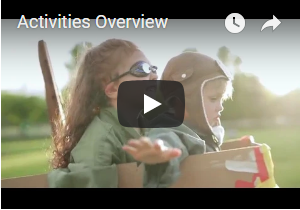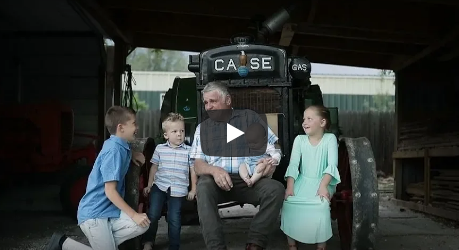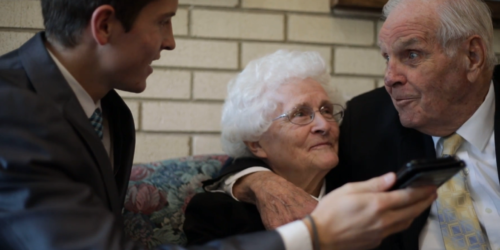How to Include the Family in Family History
 When it comes to spending time with family, engaging in family history ideally should be inclusive and involving everyone, right? The question, though, is how to do just that. After all, it can be quite difficult to get the whole family to gather around a laptop and have them help you index or search for records. Besides, someone might say something along the lines of “Family History is so boring, you’re just looking at old documents with bad handwriting!” So, what kind of activities, besides looking at old documents, can you do to include your family in family history, especially during the ongoing pandemic?
When it comes to spending time with family, engaging in family history ideally should be inclusive and involving everyone, right? The question, though, is how to do just that. After all, it can be quite difficult to get the whole family to gather around a laptop and have them help you index or search for records. Besides, someone might say something along the lines of “Family History is so boring, you’re just looking at old documents with bad handwriting!” So, what kind of activities, besides looking at old documents, can you do to include your family in family history, especially during the ongoing pandemic?
Fortunately, FamilySearch and The Family History Guide have activity pages designed to help families come together and learn more about their ancestry. Here are a few activities that I want to highlight:
- Take your family on a virtual tour of places your ancestors have lived. You can start by using GoogleEarth to look at where they lived and learn more about its history. You can also use the David Rumsey map collection to see how the area looked back then.
- Make a meal/dessert that your ancestors regularly had and share it with your family. This can be a great conversation starter for them as they learn more about their family through food! To get ideas for a recipe, click “Where Am I From?” under Activities in FamilySearch. From there, select “My Heritage” and select a country where your ancestor is from. It will open up a page about the country, which includes recipes for traditional foods in that area.
- Create a Trivia game revolving around your family members. This can be extended family involved either through video or phone calls. Questions can range from “What is their favorite book to read?” to “How old were your grandparents when they got married?” This is a great opportunity to test your family on what they know, or think they know, about each other.
As always, the point of doing activities like the ones I’ve mentioned above is to focus on our families. Whenever it is in engaging with living family members or learning more about those who have gone before, you can encourage your family to participate in family history work beyond typical research. Family history is much more meaningful when the family is involved.





